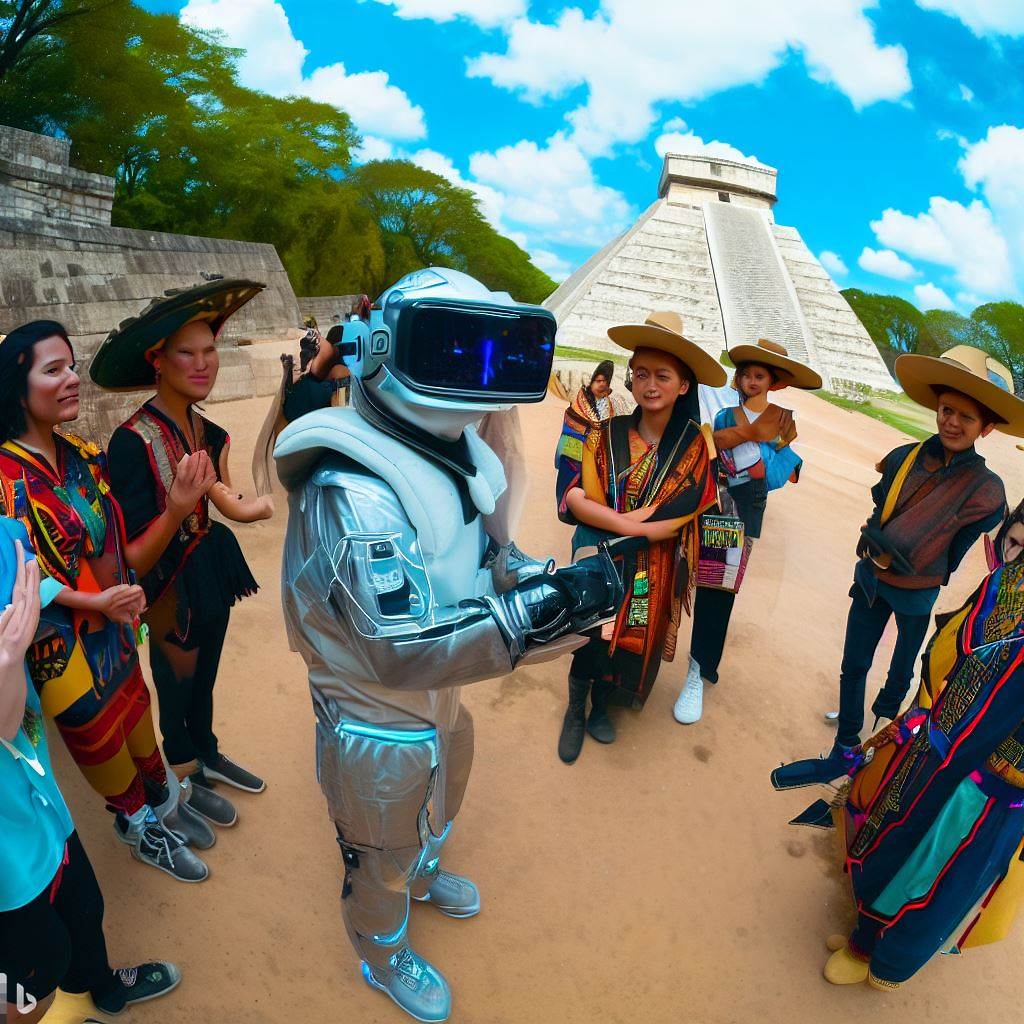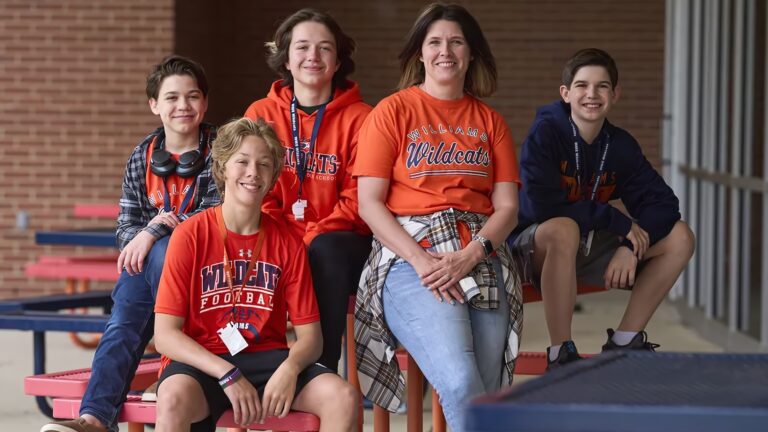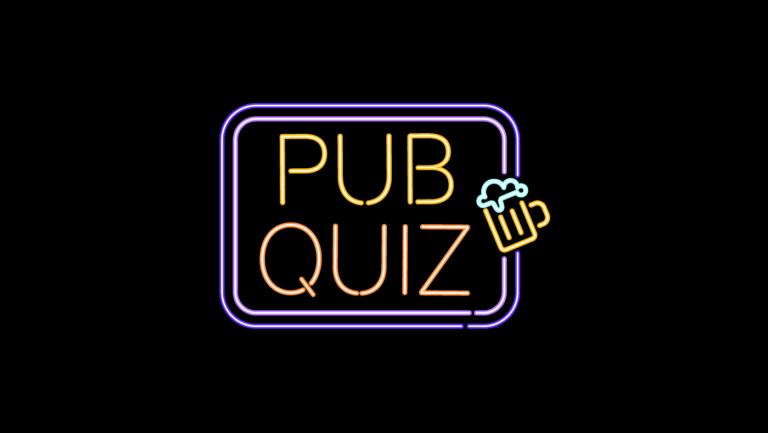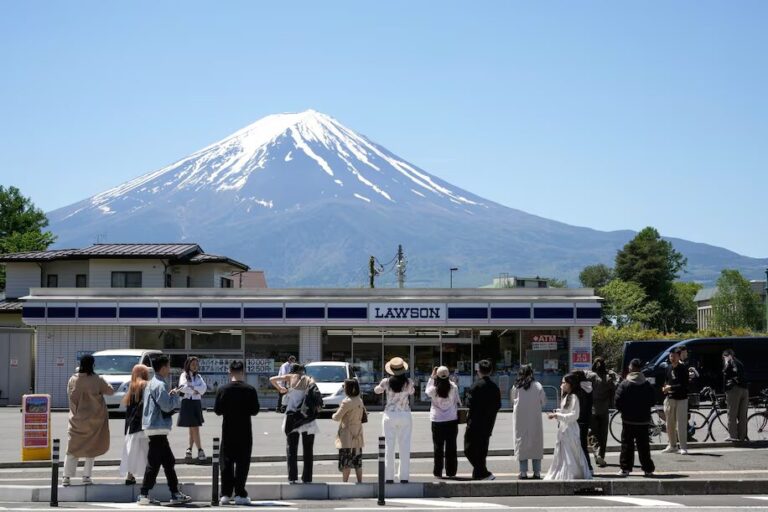September 1, 2023: Travel Destinations Across Time and Space (DRAFT)
Handout
Objective
By the end of this lesson, students will be able to describe their dream travel destinations, which can not only be anywhere on earth or in the universe, but also at any time in history.
(Of course, a dream travel destination can also be a place you’d like to visit for real.)
1. Warm-Up (10-15 minutes)
Purpose
- Get the students’ brain juices flowing.
- Set the tone for the lesson.
Activities
- Discussion: Quick round-table where each student shares their last travel experience or a place they wish to visit.
- Game: “20 Questions” – Students have to guess a famous travel destination based on yes-or-no questions.
2. Presentation (15-20 minutes)
Purpose
- Introduce the new language or concept of describing travel destinations in both space and time.
Activities
- Teacher-led Presentation: Briefly discuss the concept of “destinations through time and space,” using a slide presentation to cover the vocabulary and phrases below related to travel, time periods, and locations.
Travel-Related Vocabulary
- Expedition: A journey for a special purpose, like research.
- Intrepid: Fearless and adventurous.
- Globetrotter: A person who has traveled to many different parts of the world.
Time Periods-Related Vocabulary
- Medieval: Related to the Middle Ages.
- Renaissance: A period of art and learning in Europe.
- Feudal: Related to a system where lords owned the land and others worked on it.
- Colonial: Related to colonies.
- Futuristic: Related to the future.
Phrases
- Off the Beaten Path: A place not commonly visited.
- Bucket List: A list of things to do before you die.
3. Practice (30-40 minutes)
Purpose
- Let students use the new language or concept.
Activities
- Pair Work: Students interview each other about their dream travel destinations, including the “when” and “where.”
- Group Work: Students are divided into small groups and each group receives printout with a list of different time periods and locations (real and fictional). They must discuss and choose 3-5 they would most and least want to visit.
- Role-plays: In pairs, one student acts as a travel agent, recommending destinations through time and space, while the other acts as a client with particular interests and constraints.
Time Periods & Locations
Ancient Civilizations
- Ancient Egypt – Pyramids of Giza
- Mayan Civilization – Chichen Itza
- Ancient Rome – Colosseum
- Ancient Greece – Parthenon, Athens
- Indus Valley Civilization – Mohenjo-Daro
Medieval Times
- Medieval Europe – A Castle during a Tournament
- Feudal Japan – Edo Castle, Tokyo
- Vikings – Scandinavian Village
- Islamic Golden Age – Baghdad’s House of Wisdom
- Byzantine Empire – Hagia Sophia, Istanbul
Renaissance & Enlightenment
- Renaissance Italy – Florence’s Duomo
- Elizabethan England – Globe Theatre, London
- Enlightenment France – Palace of Versailles
- Colonial America – Jamestown Settlement
- Mughal India – Taj Mahal
Industrial Revolution
- 19th Century London – Factories and the Thames
- American Gold Rush – California Mining Towns
- Meiji Japan – Tokyo
- Victorian England – British Museum
- Tsarist Russia – Winter Palace, St. Petersburg
Modern Times
- Roaring Twenties USA – New York City
- Swinging Sixties UK – London’s Carnaby Street
- Space Race Era – 1960’s NASA’s Kennedy Space Center
- 1980s Japan – Tokyo’s Shibuya Crossing
- Berlin Wall Era – Berlin, Germany
Futuristic & Fictional
- Mars Colony – 2100
- Underwater City – Year 2200
- A Post-Apocalyptic Earth
- Starship Traveling through the Galaxy
- A City in a Forested Moon
Natural Wonders
- Amazon Rainforest – Present Day
- Sahara Desert – Sunset
- The Great Barrier Reef – Snorkeling Experience
- Mount Everest Summit
- Antarctica – Emperor Penguin Colony
Spiritual & Mythical
- Mount Olympus – Home of the Greek Gods
- Atlantis – The Lost Island
- Biblical Jerusalem – The Temple
- Shangri-La – A a fictional place in Tibet’s Kunlun Mountains
- Valhalla – Norse Afterlife
Special Events & Festivals
- Rio Carnival – Brazil
- Lantern Festival – Taiwan
- Oktoberfest – Munich, Germany
- Running of the Bulls – Pamplona, Spain
- Mardi Gras – New Orleans, USA
Iconic Cities & Landmarks
- Eiffel Tower – Paris, Present Day
- Sydney Opera House – Australia
- Statue of Liberty – New York, USA
- Petra – Jordan
- Christ the Redeemer – Rio de Janeiro, Brazil
4. Production (15-20 minutes): Destination Debate
Objective
Students will demonstrate their understanding of describing travel destinations across space and time by participating in a debate. They will employ new vocabulary and language structures learned in the lesson to articulate why their given destination is superior for travel.
Instructions
- Preparation (3-5 minutes):
- Divide the class into two groups.
- Assign each group a different travel destination. These could be real places, different time periods, or even fictional universes.
- Hand out a few bullet points or fact cards about each destination to help guide the discussion.
- Research and Discussion within Groups (5 minutes):
- Each group will have 5 minutes to discuss among themselves. They should focus on:
- Why their destination is unique.
- What activities one can do there.
- Why it would be an enriching experience to visit this place.
- Encourage students to jot down a few key phrases or talking points, but the focus should remain on verbal discussion.
- Each group will have 5 minutes to discuss among themselves. They should focus on:
- Debate (5-7 minutes):
- Each group will take turns presenting their arguments. Limit each turn to about 2 minutes to ensure that the activity stays within the time frame.
- Encourage the use of persuasive language, comparatives, and superlatives, which aligns with the B1/B2 CEFR levels.
- Rebuttal and Counter-Arguments (3-5 minutes):
- After both groups have presented, allow each group 1-2 minutes for a rebuttal. This is where they can counter the arguments made by the opposing team.
- Closing Statements (1-2 minutes):
- Each group makes a closing statement, summarizing their key points and making a final pitch for their destination.
How Students Will Demonstrate Their Understanding
- Use of Vocabulary: Students should be using new vocabulary and phrases introduced in the lesson. This shows they can apply what they’ve learned in a practical context.
- Clarity of Argument: Students should present their ideas in a clear and organized manner, demonstrating effective communication skills.
- Engagement in Rebuttal: Active participation in the rebuttal phase shows critical thinking and the ability to use language for persuasion.
- Teamwork: Effective collaboration within groups demonstrates social skills and the ability to use language for coordination and planning.
- Persuasive Techniques: Use of persuasive language techniques, like comparatives and superlatives, will demonstrate a higher level of language proficiency, appropriate for CEFR B1/B2 levels.
By the end of this debate, students should have effectively demonstrated their ability to describe, compare, and argue the merits of different travel destinations using newly learned language concepts. This will not only gauge their grasp of the lesson’s objectives but also promote a communicative, interactive, and engaging classroom environment.
5. Cool Down/Reflection (10-15 minutes)
Purpose
- Reflection on the lesson and consolidation of learning.
Activities
- Feedback Session: Discuss what was learned and any difficulties encountered.
- Quick Quiz: A few questions to recap the day’s vocabulary and concepts.







